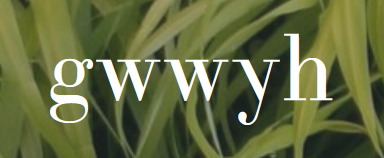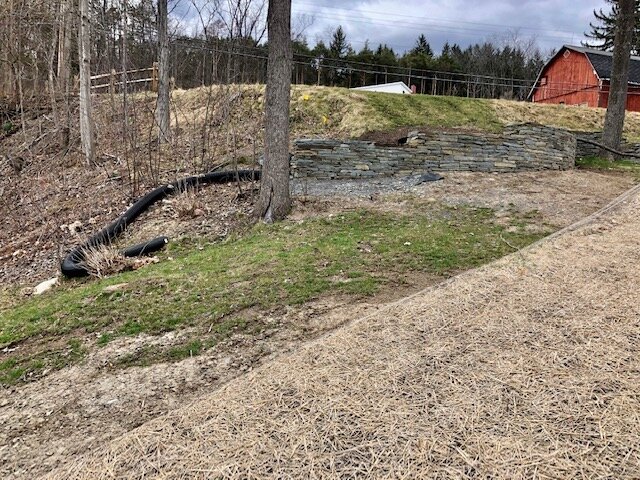How To Simplify Garden Design In 3 Easy Steps: Let Your Ideas Run Wild
After being cooped up inside all winter, I can’t wait to get moving on garden projects again. I’m itching to redo the planting in the backyard where my favorite tree died and filling in the side border with more native shrubs is high on my list. So far I’m coming up dry for ideas. I can’t visualize what plants will work or how to compose the design. As a landscape designer, I wish I could tell you that I always have plenty of creative ideas floating around. The truth is that sometimes I can get just as stuck as anyone else - especially when it’s my own house.
Maybe you’re in the same boat, you want to create a new planting, or improve a problem area and have no idea how to get started. So this month, I thought I’d share a design shortcut that helps me get unstuck, and allows me to run wild with any idea that pops into my head. The following photos illustrate a process I used to produce the final planting you see at the bottom.
When I first started drawing a plan for this area, I struggled to come up with any ideas I liked. Kind of a challenging spot - dry shade and lots of roots. What in the world could live here?
Step 1: Draw. I took a photo and drew over it on an iPad with art studio, a free app available to Mac (PC version here ). Even though I’m not a techie I found this app easy to use - fun too! It helped to forget about choosing plants and focus on shapes that worked together.
Step 2: Play around with ideas. I knew I wanted some type of hedge to cut off the view of the neighboring house. Then I thought I should layer other shrubs in front of it to give the planting some depth.
As I messed around with it, more ideas sprang up. The red squiggles mark a weeping tree and deciduous shrubs. The yellow lines represent masses of perennials. I colored it all in and came up with the beginning of a plan.
Step 3: Choose shapes. Once I had the idea nailed down to my satisfaction, I researched plants that mimicked the shapes I had chosen and suited the site. If you’re inclined to draw the final design on paper you can find out how I did that here.
The final planting wasn’t as psychedelic as my drawing, but I managed some dynamic color combinations. The process of drawing out ideas like this is liberating. No judgement, just keep deleting ideas until you come up with a design you like.
If you don’t have an iPad or you aren’t a techie, use the same process by printing out a photo of the site and drawing over it with tracing paper. It’s easy and cheap - I can’t begin to tell you how many pieces of tracing paper I’ve thrown out.
Here’s another example. A windy, exposed site on a hill - what in the heck would survive here? If I think about the plants first, I’ll be lost. To help generate ideas, I drew over the photo with the markup feature on my laptop MacBook. You can use this on an iPhone too. Although it’s too small to work on anything extensive, it’s good for jotting down quick ideas.
Focusing on shapes helps eliminate a slew of possibilities right off the bat. When you narrow down the plant list to suit size and site requirements the list gets even smaller. That makes it much easier to select the best plants for your design.
Regardless of how big or small your project is, simple methods like this can keep you from spinning your wheels when choosing the plants. I find it particularly helpful when trying to come up with ideas for problematic sites. After all, when it’s all said and done, a good design isn’t just about choosing plants we like, it’s about what’s going to survive in the spot we have and coming up with a palette of plants that will look good together.








